 A New Normal is an exhibition taking place at Vivid Sydney, which will actualise solutions for a self-sufficient Sydney, including a beer from Heaps Normal.
A New Normal is an exhibition taking place at Vivid Sydney, which will actualise solutions for a self-sufficient Sydney, including a beer from Heaps Normal.  A New Normal is an exhibition taking place at Vivid Sydney, which will actualise solutions for a self-sufficient Sydney, including a beer from Heaps Normal.
A New Normal is an exhibition taking place at Vivid Sydney, which will actualise solutions for a self-sufficient Sydney, including a beer from Heaps Normal. 















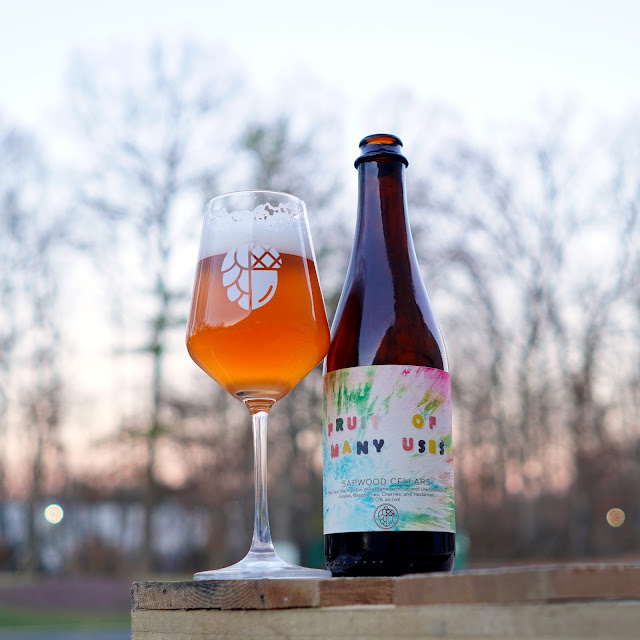
 The awards were dominated by Australian breweries Stone & Wood and Brick Lane Brewing, as well as New Zealand’s Garage Project.
The awards were dominated by Australian breweries Stone & Wood and Brick Lane Brewing, as well as New Zealand’s Garage Project.  A group of previous investors and passionate supporters have banded together to buy the Gold Coast brewery.
A group of previous investors and passionate supporters have banded together to buy the Gold Coast brewery. 
 To the delight of many, Chuck Hahn has come out of retirement to start a brewery with his son, Scott.
To the delight of many, Chuck Hahn has come out of retirement to start a brewery with his son, Scott.  The Victorian brewery is closing its doors after eight weeks of administration, ending the brewery’s 12 year history.
The Victorian brewery is closing its doors after eight weeks of administration, ending the brewery’s 12 year history. 

 Marcus Englet, VP of the “world’s oldest brewery” will give the keynote speech at this year’s gala dinner.
Marcus Englet, VP of the “world’s oldest brewery” will give the keynote speech at this year’s gala dinner.  Weather conditions led to reduced hop yields across the board, but high alpha and oil levels indicate a promising crop.
Weather conditions led to reduced hop yields across the board, but high alpha and oil levels indicate a promising crop. 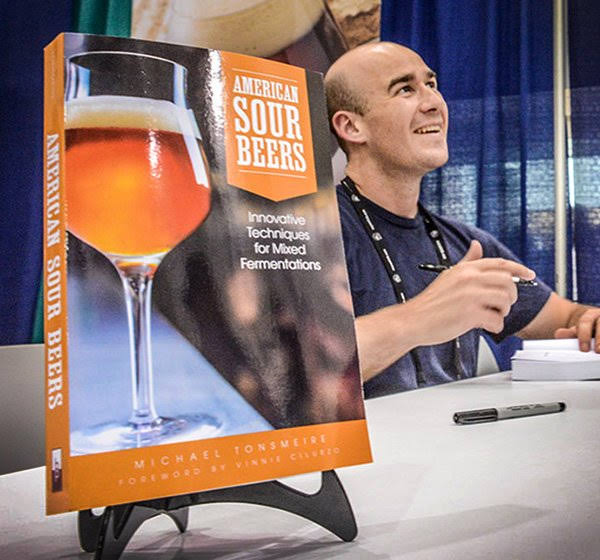





 The annual event honours ancient stone brewing traditions while crafting the limited-release Stone Beer.
The annual event honours ancient stone brewing traditions while crafting the limited-release Stone Beer. 
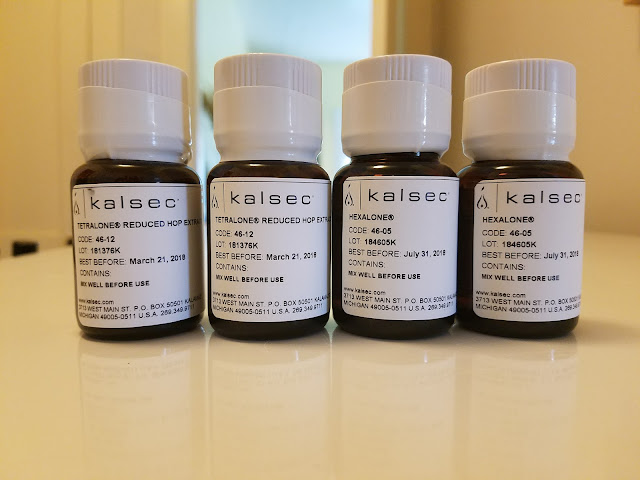
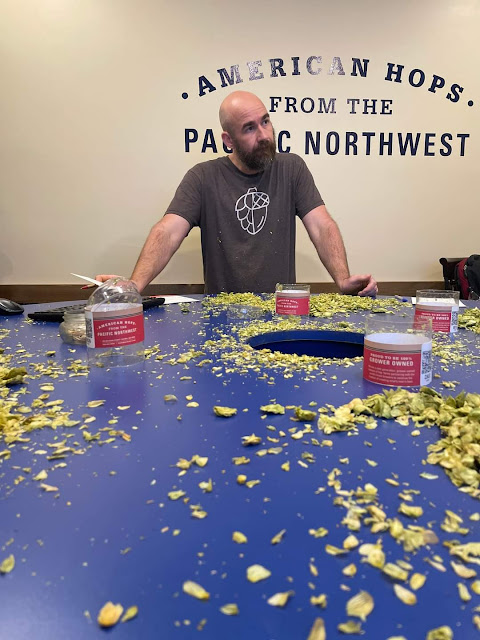





 2024 Queensland Royal Emerging Queensland Brewer Daniel Thomsen on his dedication to learning and his work at Slipstream Brewing.
2024 Queensland Royal Emerging Queensland Brewer Daniel Thomsen on his dedication to learning and his work at Slipstream Brewing.  Kerrie Abba and Johnny Latta have put Nomad Brewing Co up for sale just shy of the Northern Beaches brewery's 10th anniversary.
Kerrie Abba and Johnny Latta have put Nomad Brewing Co up for sale just shy of the Northern Beaches brewery's 10th anniversary.  The Australian trivia company is celebrating its 20th anniversary by partnering with craft brewers for a series of uniquely-flavoured beers.
The Australian trivia company is celebrating its 20th anniversary by partnering with craft brewers for a series of uniquely-flavoured beers. 
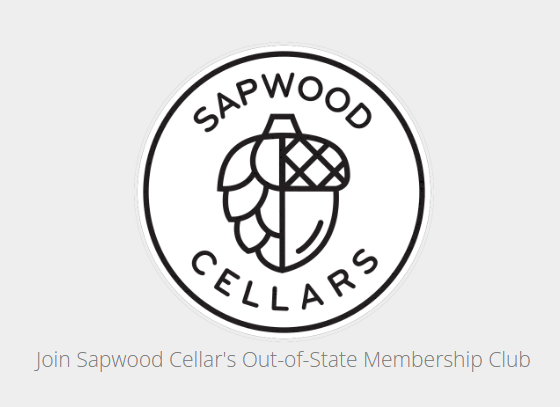






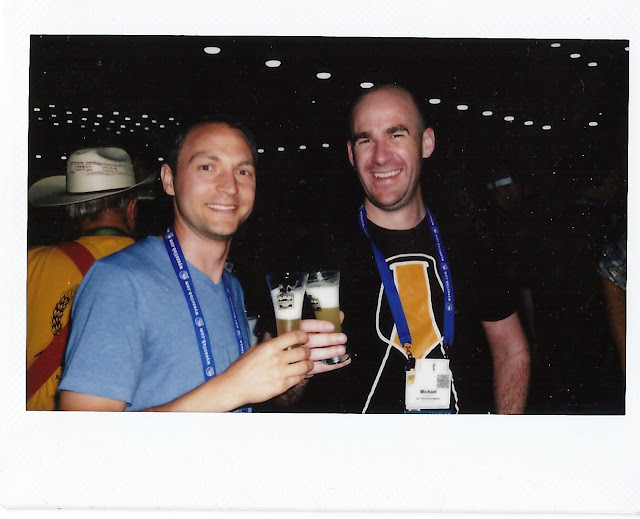

 Ahead of Modus Brewing’s 10th anniversary celebration this weekend, we chat with Co-Founder Grant Wearin about his highlights from the past decade.
Ahead of Modus Brewing’s 10th anniversary celebration this weekend, we chat with Co-Founder Grant Wearin about his highlights from the past decade.  Beer & Brewer spoke to breweries about the benefits of patron engagement events and how to host the right events for your brewery or taproom.
Beer & Brewer spoke to breweries about the benefits of patron engagement events and how to host the right events for your brewery or taproom. 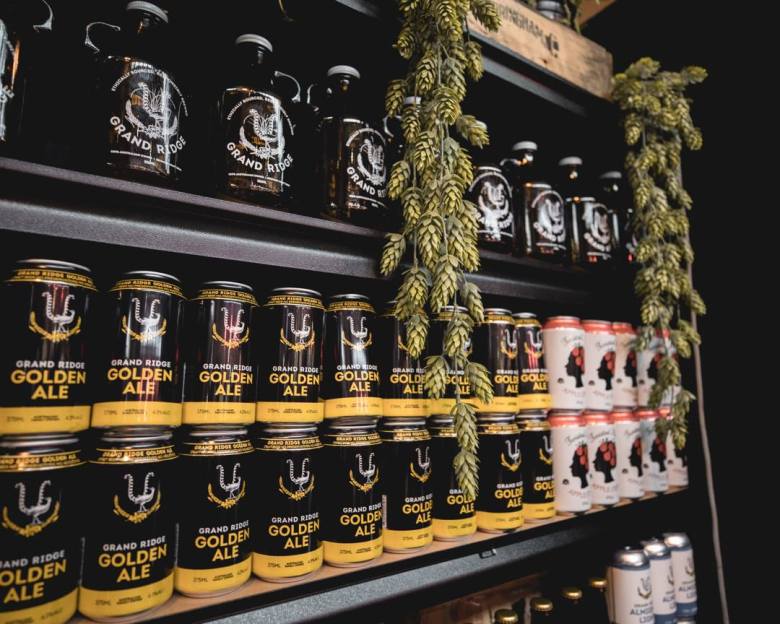 One of Australia's oldest independent breweries has become the latest operation to look to restructure its business after 35 years of operation.
One of Australia's oldest independent breweries has become the latest operation to look to restructure its business after 35 years of operation.  The campaign hopes to encourage record numbers of visitors to the festival by driving value for consumers.
The campaign hopes to encourage record numbers of visitors to the festival by driving value for consumers.  The brewery is pursuing financial restructuring as a result of its current circumstances.
The brewery is pursuing financial restructuring as a result of its current circumstances.